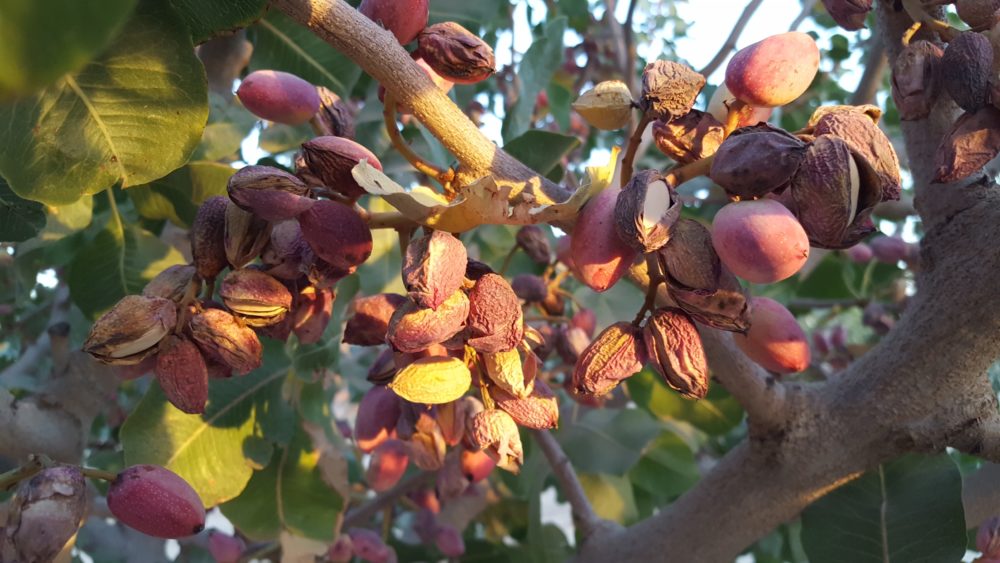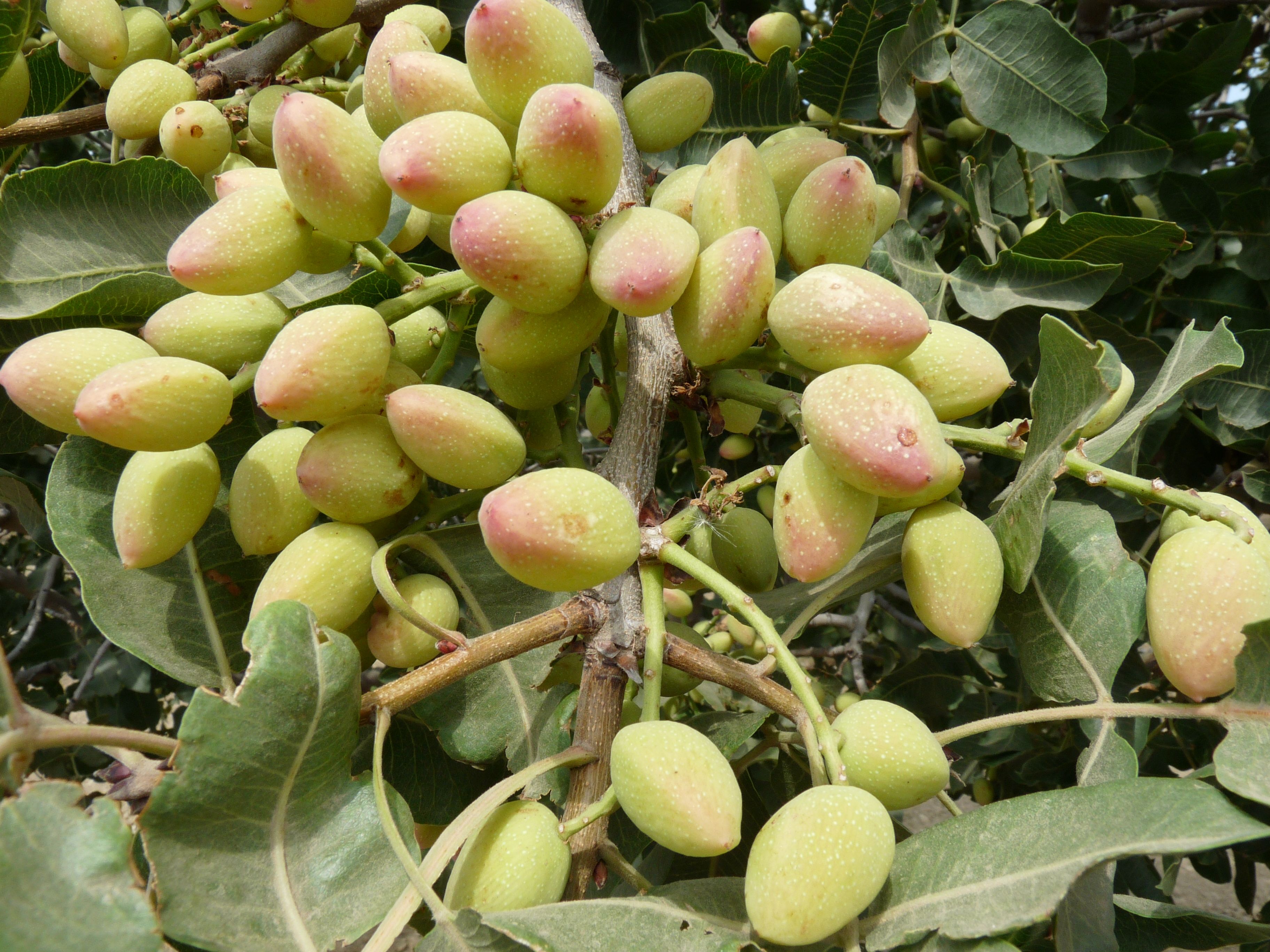California Pistachios Are Set For Record Year
California Pistachios Make Comeback in 2016
By Brian German, Associate Broadcaster
California produces close to 99 percent of the nation’s pistachios. With harvest season just about wrapped up, growers are pleased with this year’s crop.
Last year was a slow one for pistachios, with only 275 million pounds produced. Because pistachios are alternate-bearing [tendency for an entire tree to produce a greater than average crop one year and a lower than average crop the following year], last year’s disappointing crop allowed the trees to rest before producing this year’s estimated record crop.
Richard Matoian, executive director, American Pistachio Growers, estimated this year’s crop to be between 830 and 850 million pounds. The last record-setting crop was in 2012 when growers produced 555 million pounds of pistachios. This year, some California growers have reported broken branches due to the heaviness of the crop, a phenominon Matoian has never seen before.
Just as last year’s lower harvest enabled the pistachio trees to bounce back this year, increased rainfall last winter helped improve irrigation supplies for the nut trees this year.
In addition, more chilling hours last winter also helped boost production. Pistachio trees require cold nights, with at least 800 hours of temperatures below 19 degrees Fahrenheit. This winter, trees experienced more than 1,000 hours of those conditions.
Reports indicate that the pistachio crop from Iran, one of our biggest global competitors, is a bit down this year, which could help California growers get a better price for their pistachios. “We all hope and try to keep the market as strong as it can be,” said Matoian, “but there are market forces at work. You can’t hold on to a crop forever. You have to be conscious of what the world supply is, and so a number of factors go into setting a price.”
Growers are pleased with the overall size of the harvest compared to last year, but they’re also a bit concerned about the prices. “The initial price the growers got last year was somewhere between $2 and about $2.20 per pound. Now we are at a $1.60 to about $1.80 per pound,” Matoian said.










